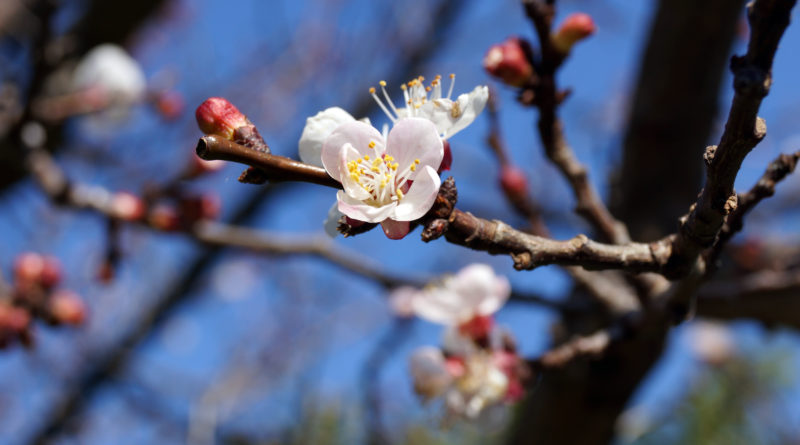What Does The Spring Equinox Mean?
1,877 total views, 1 views today
The spring equinox (also known as the vernal equinox or March equinox) is set to begin today at 5:58 p.m. Eastern time. Pretty much everyone in the Northern Hemisphere knows that spring begins today, but fewer people might actually understand what the equinox is or why this date is the official change of the season.
It’s pretty simple: the spring equinox means that the sun is at its highest point in the sky at exactly noon, when it sits directly above the equator. Although noon in one time zone is a different time in another zone, the equinox happens at the exact same instance across the globe.
The main result of this astronomical occurrence is that, on the day of the equinox, the number of daylight hours is closer to the number of nighttime hours than on any other day. This does not mean that there are more sunlight hours on the day of the spring equinox than on any other day; this distinction instead belongs to the first day of summer. The spring equinox does, however, mark the beginning of the Northern Hemisphere’s tilt toward the sun — and, therefore, a slow crawl toward the hot temperatures that define summer in that hemisphere.
A similar noontime equator high point occurs at only one other time of the year: during the fall equinox (after which the Northern Hemisphere starts to tilt away from the sun). Summer and winter have sun-related occurrences that mark the start of these seasons too, but they don’t relate to the equator: when the sun sits directly above the Tropic of Cancer, the summer solstice occurs, and the winter solstice happens when the sun sits directly above the Tropic of Capricorn.
Although astronomers have defined the spring equinox as happening annually on March 19th, 20th, or (rarely) 21st, many meteorologists claim that the spring season actually starts on March 1st — and that the equinox means little to them. Meteorologists mark spring (and all seasons) as starting the first of a given month so they can accurately track long-term climate trends.
One such climate trend is that spring doesn’t always mean you’ll say goodbye to snow until the return of winter. Just last year, over the course of March 20-22, several inches of snow fell in major Eastern cities such as New York, Philadelphia, and Washington D.C. (and in other years, South Dakota has received more than a foot of snow on March 20th).
Snowfall might not properly indicate the arrival of the spring equinox, but other natural signs can point directly to it. On the full moon nearest the equinox, for example, worms start to reemerge from their burrows in the soil; this phenomenon has been so widely observed that the full moon in March is known to many as “the full worm moon.” Flowering plants, shrubs, and trees also begin to bloom around the equinox, thanks to the start of longer and warmer days — and to some gardeners, these blooms can signal that now is the time to start planting vegetables such as spinach, parsnips, and radishes.
Whether or not you live in a state that sets its clocks forward just before the start of spring, this season’s equinox is hard not to observe — and now, you’ll understand its significance too.

